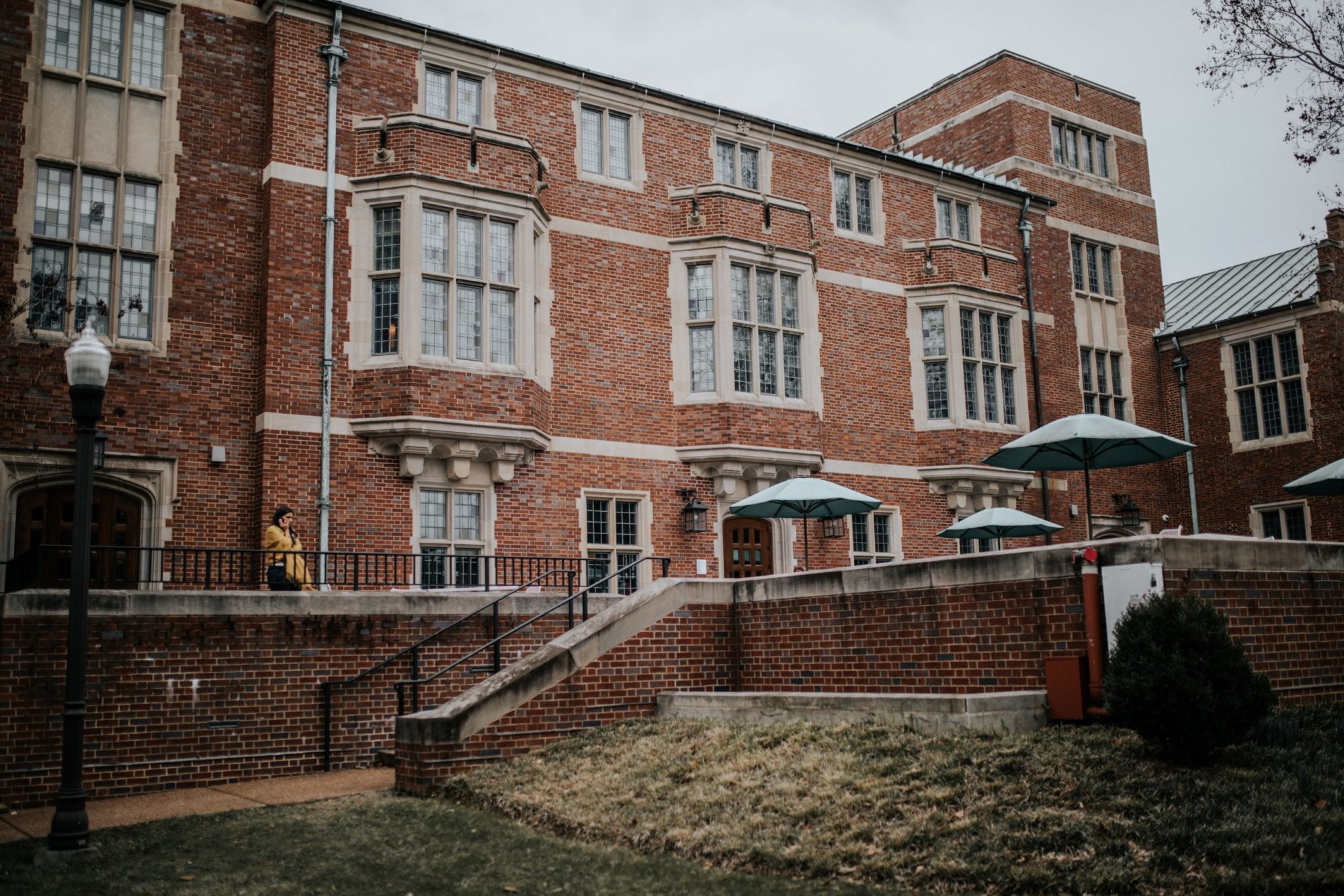We’ve all been thinking about it. Some of us graduated this spring and have friends who will continue on at our universities in the fall. Others among us are repeatedly checking emails for more updates from college administrators about the return to campus. Though we are excited to rejoin our friends, take classes on campus, and get back to a sense of normalcy, campus will look drastically different in the fall.
As Kelly wrote about a few weeks ago, the novel coronavirus means students at all levels of education face challenges including a loss of reliable access to food and unequal access to digital resources. In this article, I discuss some of the other inequities which must be addressed for college students who may be returning to campus in the fall, and offer suggestions for how Novel Hand readers can advocate for themselves and their peers.
Housing and Meals
When I discuss food insecurity in conversation with my friends, college students are not often our first thought. Yet, according to a 2018 study, 36 percent of college students reported facing food insecurity which caused them to skip meals or reduce portion sizes. This number is staggeringly high, reflecting the rising cost of tuition on campuses across the U.S. With colleges choosing to adopt a mixture of online and in-person classes, students are at risk of facing even higher food insecurity. Meal plans may only be available to students who can return to campus, and will have higher price tags due to supply chain disruptions caused by the global pandemic. For students with compromised immune systems, even using ‘grab and go’ style dining facilities poses increased risk of exposure to coronavirus.
On campus housing poses similar problems for students. Even with plans to “de-densify” dorms and otherwise encourage social distancing, college campuses are poised to become hotspots of viral transmission in the fall. Students who want the opportunity to live off campus, which may afford them a better opportunity to avoid risking their health, are often restricted by the high cost of living in major cities. Wealthier students may be able to accept the financial burden of moving off campus, creating a clear socioeconomic divide between students on campus and off campus. This exacerbated inequality will likely coincide with exacerbated health risks for students living in campus housing.
Mental Health Resources and Support Groups
For many students, college is a safe place to access resources like mental health counseling and support from affinity groups, such as multicultural centers and offices of LGBTQ+ life. As campuses release their plans for the fall semester, changes to these resources often remain unknown. Many students who rely upon the mental health practitioners on campus are uncertain about their continued access to them in the fall. While telehealth programs can provide some opportunity for students to obtain access to these resources, privacy concerns and availability of appointments are concerns that many students share. Especially given the unprecedented mental health toll of the current pandemic and racial injustice in the U.S., these are essential needs for students across America.
On a similar note, the protests against racial injustice and police brutality in America call attention to the need for safe spaces for Black students to organize and reflect together on campus. BIPOC students, LGBTQ+ students, first generation students, and many other marginalized student communities access a welcoming and empathetic audience in equity and inclusion offices on their campuses. Mandating that meetings should be held “in whole or in part online” or restricted to fewer than 10 in attendance counters the ability of these organizations and offices to fully support their students. Lacking access to these physical spaces and the physical community of students with shared experiences will result in a more isolating college experience in the fall, unless universities hear from students about how essential these resources are.
Solutions and Next Steps
These are difficult problems to solve, but there are ways for us to make a difference on campus. Though colleges make their best efforts to consult experts and the most updated information possible, these return to campus plans would benefit from the increased presence of student voices. Write emails to your college deans and administrators. Participate in campus townhalls and other conversations about returning to campus. Organize letters or social media campaigns with your peers to communicate your concerns.
Taking these steps can tremendously amplify your voices and mitigate the impact of these inequities by making administrators modify plans to reflect the needs of students. If you have particular concerns about your return to campus plan, or want to share your perspective, please reach out to me so we can advocate for a semester that addresses the needs of all students.
Read part three of the series.
- State of the UNIONS: Welcome to September’s Impactfull Series - September 2, 2022
- What We Can Learn from the Ukrainian Refugee Crisis - March 29, 2022
- The Olympic Effect: Changes in Host Communities - February 21, 2022
